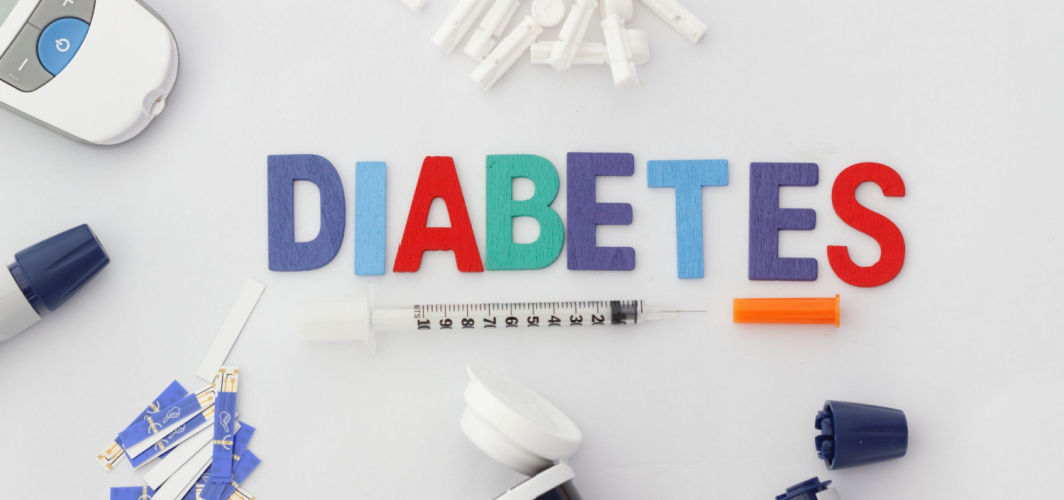Diabetes Management
Enjoy Navratri With These Diabetes-Friendly Sweets
2 min read
By Apollo 24|7, Published on - 18 October 2023, Updated on - 16 September 2025
Share this article
0
1 like

The temptation of indulging in sugary delights can be too tough to resist during Navratri. However, it always helps to be more mindful of your sugar intake, especially if you are someone living with diabetes or are at risk of developing it.
In this blog, let’s delve deeper to understand a few options that can be helpful in managing your cravings:
1. Almond and Coconut Ladoos:
- These laddoos are made from a combination of almonds, desiccated coconut, and a sugar substitute. Almonds are rich in healthy fats and protein, while coconut adds a delightful flavour.
- Using a sugar substitute, like stevia or erythritol, can help maintain sweetness without the spike in blood sugar.
2. Dates and Nuts Barfi:
- Dates, when combined with a variety of nuts like almonds and walnuts, create a delicious and nutritious barfi.
- Dates provide natural sweetness, and nuts offer healthy fats and fibre, helping stabilize blood sugar levels.
3. Semolina (Sooji) Halwa:
- Sooji halwa can be prepared with a sugar substitute and a moderate amount of ghee (clarified butter).
- Incorporating cardamom and a few saffron strands enhances the flavour without adding extra sugar.
4. Yogurt Parfait:
- Layering low-fat yoghurt with fresh berries, a sprinkle of cinnamon, and a few crushed nuts can make for a delightful parfait.
- Yoghurt is a source of protein, and berries are low in sugar and high in antioxidants.
5. Jaggery-Based Sweets:
- Some people with diabetes find that jaggery (unrefined sugar) has a milder impact on blood sugar than regular sugar.
- Sweets made with jaggery, like til (sesame) laddoos, can be a better choice, but portion control is key.
6. Baked Sweets:
- Opt for baked versions of traditional sweets instead of fried ones. Baked shakarpara or baked chakli can be made with whole wheat flour and less oil.
- Baking reduces the amount of unhealthy fats and lowers the glycemic index.
7. Fresh Fruit Chaat:
- A colourful fruit chaat with a sprinkle of chaat masala and a dash of lemon juice can be a refreshing and healthy sweet option.
- Fruits like papaya, apple, and pomegranate have natural sweetness and provide vitamins and fibre.
8. Saffron-Infused Milk:
- Warm saffron-infused milk with a touch of cardamom and a pinch of a sugar substitute makes for a soothing and naturally sweet beverage.
- Saffron adds a unique flavour, and the sugar substitute ensures it's diabetes-friendly.
Conclusion
When preparing or choosing sweets for Navratri, always consider portion sizes and the type of sweeteners used. Using sugar substitutes or natural sweeteners like jaggery can help limit the impact on blood sugar. Moreover, maintaining a balanced diet, regular physical activity, and monitoring blood sugar levels are essential during this festive season. With these diabetes-friendly sweet options, you can savour the festivities while keeping your health in check.
Diabetes Management
Leave Comment
Recommended for you

Diabetes Management
Gestational Diabetes: Symptoms, Causes, Diagnosis, Treatment & Prevention
Gestational diabetes is a condition characterised by high blood sugar levels during pregnancy. It usually occurs between the 24th and 28th weeks of pregnancy and can have implications for both the mother and baby. Seeking early healthcare, understanding the symptoms, diagnosis, and treatment, as well as managing potential complications of gestational diabetes are essential for a healthy pregnancy.

Diabetes Management
Top 5 Misconceptions About Diabetes- Know The Facts Here!
Diabetes is one of the leading global public health concerns. Despite its increasing prevalence around the world, there are plenty of myths and misconceptions associated with the condition and its treatment. To deal with diabetes, it’s vital to know what’s true and what’s not. So, here is more about some common misconceptions about diabetes and the truth behind them.

Diabetes Management
Avoid or Limit These Common Foods with Hidden Sugar
Some foods that may contain hidden sugars include flavoured yoghurt, granola bars, canned fruit in syrup, condiments like ketchup and barbecue sauce, flavoured coffee drinks, packaged sauces and dressings, certain breakfast cereals, and processed snacks. Diabetics should read the food labels and be extra cautious about ingredients to manage diabetes well.
Subscribe
Sign up for our free Health Library Daily Newsletter
Get doctor-approved health tips, news, and more.
Visual Stories

8 Fruits That are Incredibly Healthy for Diabetes
Tap to continue exploring
Recommended for you

Diabetes Management
Gestational Diabetes: Symptoms, Causes, Diagnosis, Treatment & Prevention
Gestational diabetes is a condition characterised by high blood sugar levels during pregnancy. It usually occurs between the 24th and 28th weeks of pregnancy and can have implications for both the mother and baby. Seeking early healthcare, understanding the symptoms, diagnosis, and treatment, as well as managing potential complications of gestational diabetes are essential for a healthy pregnancy.

Diabetes Management
Top 5 Misconceptions About Diabetes- Know The Facts Here!
Diabetes is one of the leading global public health concerns. Despite its increasing prevalence around the world, there are plenty of myths and misconceptions associated with the condition and its treatment. To deal with diabetes, it’s vital to know what’s true and what’s not. So, here is more about some common misconceptions about diabetes and the truth behind them.

Diabetes Management
Avoid or Limit These Common Foods with Hidden Sugar
Some foods that may contain hidden sugars include flavoured yoghurt, granola bars, canned fruit in syrup, condiments like ketchup and barbecue sauce, flavoured coffee drinks, packaged sauces and dressings, certain breakfast cereals, and processed snacks. Diabetics should read the food labels and be extra cautious about ingredients to manage diabetes well.